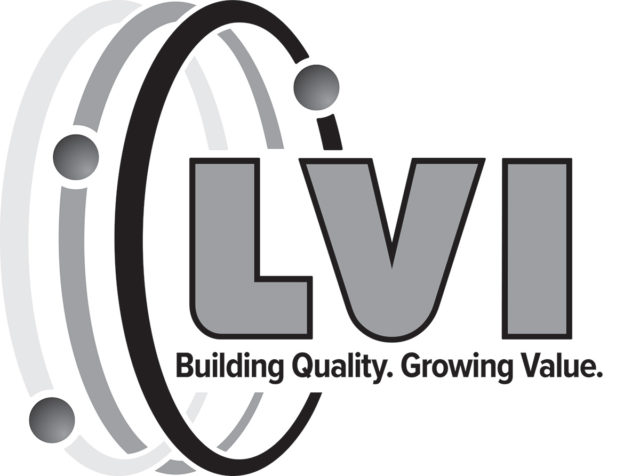Technology, among other things, has changed the dairy landscape, and as dairy numbers continue to decline and farm sizes increase, it’s important to tell the story of how we progressed to where we are today.
Grandpa grew up milking about 10 cows by hand with his father before and after school. Times were tough during the Great Depression, and they didn’t have the technology and modern conveniences we sometimes take for granted that make our lives (and farming) easier.
How many of you still have some of the milking equipment your family used several decades ago? We do too. While times and technology have changed and that equipment is no longer in use, it can still be relevant.
By repurposing old dairy equipment, you can help tell your family’s dairy history and paint a picture of the dairy industry past and present.
Here are five ideas of how to repurpose this equipment into things you will actually use:
- Mom turned our old Surge milking machines into flower pots for our deck. Most of our non-dairy friends don’t realize what these flowerpots used to be, but it can provide a good conversation starter into how we used to farm and how technology has changed and improved the agricultural industry.
- Convert old milk cans that our ancestors transported milk to the creamery with into flowerpots or to hold various items, such as umbrellas. To give them a modern flare, you can paint all or some of the milk can to match the décor.
- The claw of the milking machine can be used as a light. I’ve never done this, but I’ve seen several photos of it on Facebook throughout the past year.
- Place fresh-cut flowers into old glass milk bottles to brighten up any room.
- We all have those various odds and ends that need a home, but don’t really fit anywhere. Milk pails are a perfect place for these items. Similar to the old milk cans, you can paint them or leave them in their original condition.
What do you do with those items that you can’t figure out what to do with? Display them! A display case works nicely for items, such as milk can stirring rods and bulk tank strainers that may not have a practical decorative function in your home or on your farm. You can add old farm photos to the display case and perhaps some information about your farm. This is another great conversation starter for guests.
There are so many ways to effectively tell your farm story to the general public, and adding a piece of the past can create a new angle. Props enhance a presentation and help to paint a picture of the message the speaker is conveying. When talking with a non-agriculture group about how dairy farming was decades ago and how it is today, bring an old and new milking machine to demonstrate the differences. A PowerPoint presentation with old farm photos collaged with current ones adds a personal touch.
Photos also do well on social media. Whether it’s Instagram, Facebook or another platform, users love pictures. I certainly underestimated how popular a lone photo of our Surge milking machines would be on Facebook. I used the photo to promote a blog post about how food safety on dairy farms has evolved over the years by telling our “now and then” dairy story. The caption, “Who knows what these are? Hint: We used them daily on our dairy farm in the 1950s,” engaged viewers and within four days the post was viral with more than 42,000 impressions.

When I first saw it reached 13,000, I was sure Facebook wasn’t accurate, but it continued to grow. More people shared it; Cowsmopolitan shared it; and a lot of people commented about how they also used these Surge milking machines. Those commenting were primarily from the dairy community. However, the more users who interact with a post by liking it, commenting or sharing increases the number of others who Facebook shows it to since they view it as popular content.
There’s no telling why some posts go viral and others barely have 100 impressions, but there are some easy ways to engage readers online. Here are three:
- Ask a question. People love the opportunity to guess the answer and tell their story as well.
- Interact with comments. This is a great time to create conversations about the topic you are discussing.
- Use visuals, such as photos or videos, whenever possible. It’s true that a picture is worth 1,000 words.
Each farm story is different, and we each have unique skill sets to share it with those outside of the agriculture community. Stories of our heritage, farming legacies, improved efficiencies, technology and family can be told using the same dairy equipment our ancestors used to also demonstrate that while a lot has changed, the values behind dairy farming have not.
What’s your favorite way to tell your family’s dairy story? ![]()
Kimmi Devaney is the agricultural marketing and industry development manager with the Indiana State Department of Agriculture. She also writes an agricultural blog.
PHOTO 1: Some potential repurpose ideas for used milking equipment include turning old Surge milking machines into flower pots and using old milk cans as a holding place for various items, such as umbrellas.
PHOTO 2: Kimmi Devaney says she underestimated how popular a photo of Surge milking machines would be on Facebook. The caption, “Who knows what these are? Hint: We used them daily on our dairy farm in the 1950s,” engaged viewers, and within four days, the post was viral with more than 42,000 impressions. Photos by Kimmi Devaney.





